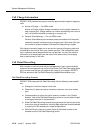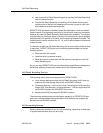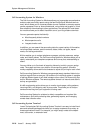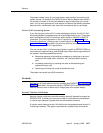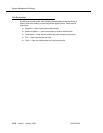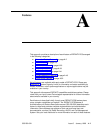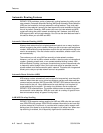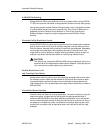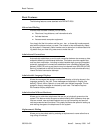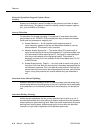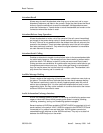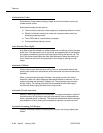
Automatic Routing Features
Issue 5 January 1998
A-3555-230-024
AAR/ARS Partitioning
Allows AAR and ARS to be partitioned into 8 user groups within a single DEFIN-
ITY ECS and provides individual routing treatment for each of these user groups.
User groups share the same Partition Group Number, which indicates the choice
of routing tables that are used on a particular call. Each Class of Restriction is
assigned a specific Partition Group Number or Time of Day specification.
Different classes of restriction may be assigned the same Partition Group
Number.
Alternate Facility Restriction Levels
Allows DEFINITY ECS to adjust facility restriction levels or authorization codes for
lines or trunks. Each line or trunk is normally assigned a facility restriction level.
With this feature, alternate facility restriction levels are also assigned. Attendants
can change to the alternates, thus changing access to lines and trunks. You
might want to use this feature to disable most long-distance calling at night, for
example, to prevent unauthorized staff from making long-distance calls.
!
CAUTION:
This feature may change the AAR and ARS routing preferences. Using it on
tandem and tie-trunk applications affects entire networks. Calls that are part
of a cross-country private network may be blocked.
Facility Restriction Levels
and Traveling Class Marks
Allows certain calls to specific users, while denying the same calls to other users.
For example, certain users may be allowed to use central office trunks to other
corporate locations while other users may be restricted to less expensive pri-
vate-network lines. You can administer up to eight levels of restriction for users of
AAR and ARS.
Generalized Route Selection
Provides voice and data call-routing capabilities. You use it to select not only the
least-cost routing, but also optimal routing over the appropriate facilities. It
enhances AAR and ARS by providing additional parameters in the routing deci-
sion and maximizing the chance of using the right facility to route the call. Also, if
an endpoint incompatibility exists, it provides a conversion resource (such as a
modem from a modem pool) to attempt to match the right facility with the right
endpoint.




